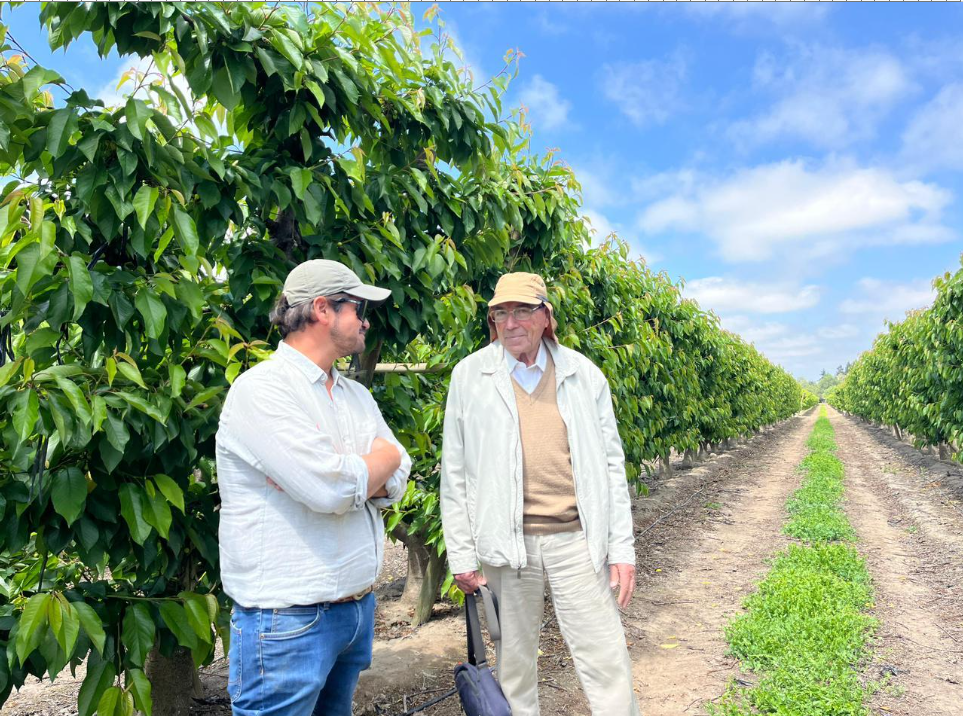 Patricio Morales together with Prof. Eduardo Alonso Silva, an expert in plant physiology
Patricio Morales together with Prof. Eduardo Alonso Silva, an expert in plant physiology
In the 2024/25 season, we are observing much higher fertility than seen from 2018 to 2023, which may lead to an abundant bloom. This is compounded by the fact that the potential size or caliber of the fruit is limited from the outset due to the increased number of flowers on the spurs.
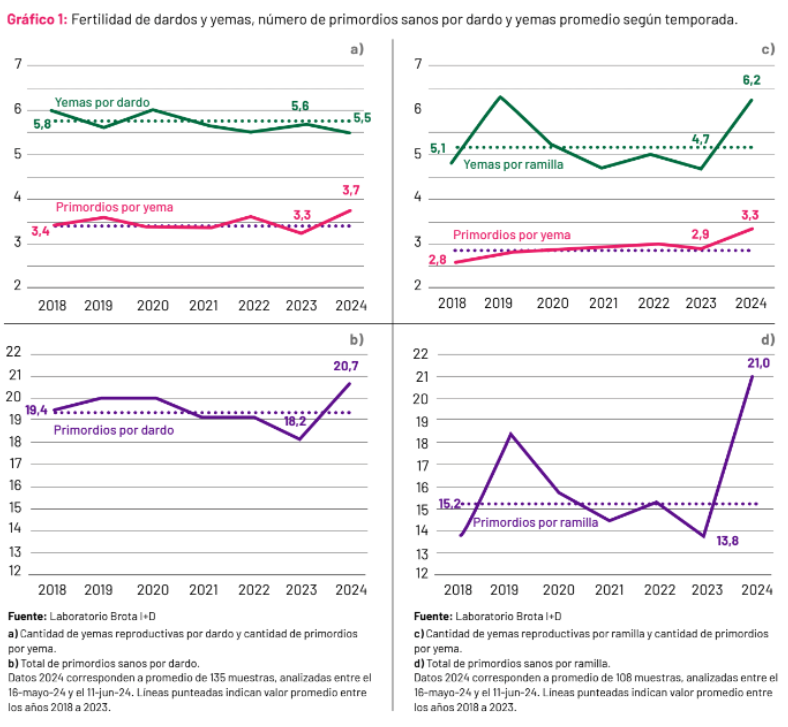 Image 1. Fertility of flower buds on darts and one-year branches
Image 1. Fertility of flower buds on darts and one-year branches
On the other hand, we currently have favourable conditions in spring and, in addition to the good winter cold accumulation, we need to ensure good conditions at flowering time to ensure fruit set and achieve the expected yields.
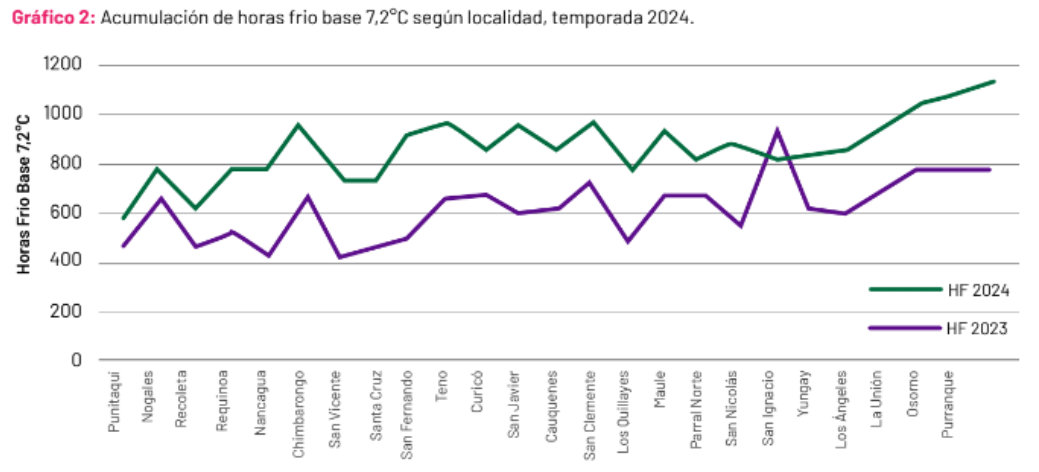
Image 2. Accumulation of chilling hours in 2023 and 2024 in different cherry growing areas
Cytokinin Application
The first phase of cell division starts with the onset of bloom and ends 25 days after full bloom. Cytokinin, the hormone responsible for cell division, is essential to promote a greater number of cells. In this way, we plan a fruit with a higher cellular capacity, which will allow us to increase the fruit size and contribute to improving the firmness and quality of the cherries.
Table 1 provides a summary of how cytokinins should be applied.
Additionally, cytokinin applications should be mixed with foliar calcium, boron, and zinc, whose effects are as follows:
Image 3. Cytokinin application scheme according to phenological stage
Soil pit analyses have already shown moisture below field capacity, indicating that irrigation should start in several orchards and soil types. Given water's significance in plant physiology, managing irrigation correctly throughout the season is crucial.
Irrigation should have a high hydraulic load, aiming to provide the soil with a correct water-oxygen balance, as irrigation has an important effect on both cooling and plant respiration. Depending on the crop's phenological state, only the frequency, not the duration, of irrigation should be adjusted.
Irrigation must have a high hydraulic load.
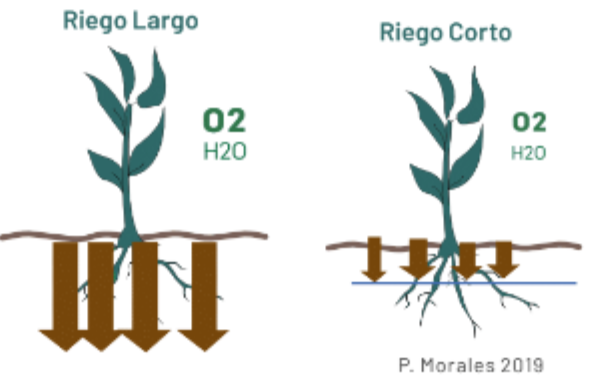
Image 4. Different watering modes
For good root conditions, we must provide water and oxygen. We need to remember that we are irrigating the soil; thus, to set irrigation criteria, we must consider soil type, texture, structure, and limitations. Conducting “long” irrigations with high hydraulic load not only allows the plant to maintain an optimal water-oxygen ratio that meets its water needs according to its developmental and phenological stage, but it also helps maintain optimal soil conditions by preventing compaction and promoting salt movement.
In orchards with high soil salinity, extended irrigations allow salts to move away from the root zone, avoiding plant toxicity.
With insufficient irrigation, the plant does not receive adequate cooling and respiration, leading to root asphyxiation (MaxMa 14 and MaxMa 60 rootstocks are very sensitive), resulting in iron chlorosis in the leaves, iron deficiency, and root death. This sends a negative signal to the plants as the amount of inhibitors (ABA) is regulated and reduced, while the amount of promoters (CK) increases, eventually causing disorders in the plants that affect phenology and growth, as a strong signal is emitted for the production of ethylene and abscisic acid (stress signal).
As seen in the image below on the right (Image 5), we have a pit with insufficient watering with 3 hours of irrigation every 4 days on the Regina variety on Gisela 12, where it is clearly visible that a large part of the roots are in dry soil and in a state of permanent wilting, leaving the plant exposed to a stress situation detrimental to the vegetative and productive development of the cherry orchard.
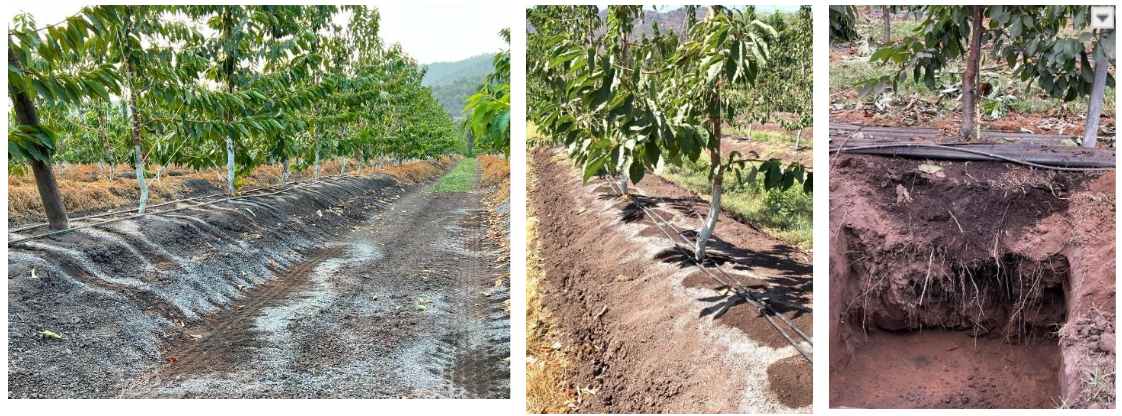
Image 5. Right, insufficiently irrigated soil
To ensure that irrigation criteria meet the water needs of the species, we must constantly review the pits. Although we have irrigation monitoring technologies like moisture probes, this information must be verified in the field by creating and inspecting a pit. This review should be part of the essential tasks in an orchard, especially during months of high water demand, as an irrigation error can directly impact yield and fruit quality and may also affect plant disease and stress.
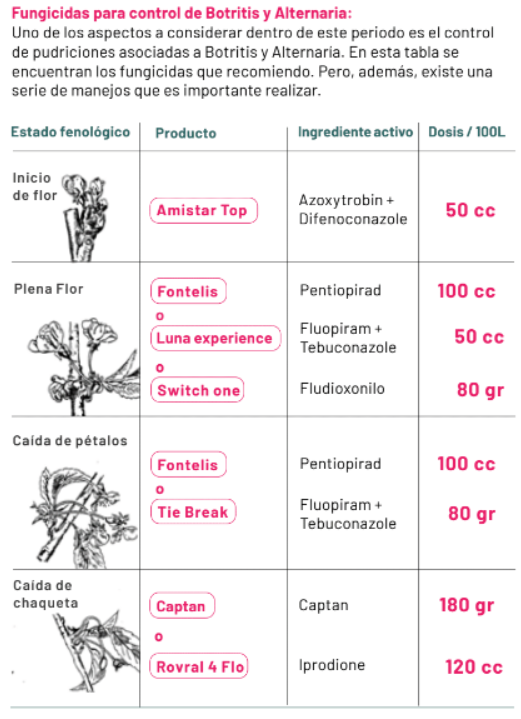
Image 6: Fungicides used in the control of botrytis and alternaria
During inspection, we must consider:
Nitrogen. It is a chlorophyll component and the primary nutrient for producing plant amino acids, the basis of proteins, enzymes, and nucleic acids (DNA, RNA). The fruit is a major storage center for nitrogenous forms, such as amino acids. The cherry tree can absorb nitrogen as nitrate (NO3-) and ammonium (NH4+), predominantly as nitrate. Nitrogen has high mobility within the plant, and its transport to the roots occurs mainly through mass flow. Recommended nitrogen sources for cherry trees include Ca nitrate, Entec 21, and Novaten 21.
Calcium. Its primary function in the plant is the formation of calcium pectates in the cell wall during cell division, lasting ten days. Alongside the cofactor boron, it aids in forming calcium phosphates in the cell membrane and calcium oxalates in the cells. It is important for cell elongation and division, providing structural stability, rigidity and permeability to cells. The cherry tree absorbs calcium as Ca++, mainly through mass flow and young unsuberized roots. It has low mobility in the xylem and almost none in the phloem, moving within the plant through evapotranspiration. Due to its low evapotranspiration rate, the fruit accumulates fewer calcium units than other plant structures, such as leaves, with maximum accumulation occurring during flowering and setting; afterward, concentration decreases, and accumulation begins in wood and leaves.
Calcium fertilization should start early in the season (until fall), and competition with other nutrients should be minimized. Key factors inhibiting calcium absorption include excess ammonia (NH4+), excessive vigor, calcium deficiency in the soil (CEC <60%), excess fruit load, lack of calcium fertilization, and boron deficiency. Since calcium is absorbed through new roots, it is advisable to apply auxinic rooting agents to create the maximum number of root hairs. The main recommended source for cherry trees in balanced or low-vigor orchards is Ca nitrate, while in overly vigorous orchards, calcium oxide is recommended. Calcium deficiency in fruit increases susceptibility to post-harvest cold damage, irregular ripening, soft flesh, discoloration and pulp browning, and leads to greater cracking.
Potassium. One of the most important nutrients for producing quality cherries, as it plays key roles such as activating over eighty enzymes, osmotic regulation, carbohydrate transport to the fruit, and ATP generation. Potassium accelerates photosynthate transport from leaves to fruits (source-sink). Cherry trees absorb potassium as (K+), mainly through diffusion, thus requiring high soil concentrations for root uptake. It is highly mobile within the plant. Fertilization and absorption are critical from setting onwards, particularly during veraison. Recommended fertilizer source for cherries is K sulfate.
Phosphorus. Phosphorus's main role in the plant is the formation of enzymes, phosphoproteins, energy accumulation and transfer for photosynthesis, and sugar transport (ATP). It forms phospholipids and nucleic acids, stimulates root, shoot, and seed development, and promotes early ripening and fruit quality by regulating sugar and starch formation and transport. The cherry tree can absorb monobasic phosphate (H2PO4) at pH <7.2 and dibasic phosphate (HPO4) at pH >7.2. Phosphorus is highly mobile within the plant but has very low mobility in the soil, reaching roots mainly through diffusion, requiring high concentrations for root uptake. The primary recommended fertilizer source for cherries is phosphoric acid.
Magnesium. An essential component of chlorophyll molecules, consuming about 20% of the total Mg. This molecule constantly generates carbohydrates used by the plant for tissue construction and energy consumption. Magnesium also aids in transforming nitrogen into proteins. Magnesium deficiency reduces protein production and increases circulating non-protein nitrogen (amides, amines), especially under high nitrogen fertilization doses. This creates physiological disturbances that affect fruit quality. Cherry trees absorb Mg++ through mass flow and diffusion. Magnesium deficiency causes chlorosis in mature leaves due to its translocation to younger leaves, leading to premature leaf drop. Maxma series rootstocks are particularly weak in Mg uptake.
Boron. Important in pollen tube development and new cell formation in meristematic tissues. Acts as a cofactor for potassium in fruit filling and calcium, and aids nitrogen and phosphorus transport within the plant and amino acid and protein synthesis. Boron also activates carbohydrate metabolism, tissue lignification, and fruit maturation. It has low mobility within the plant, does not mobilize quickly during deficiency, is mobile in the soil but moisture-dependent. Cherry trees mainly absorb H2BO3 as boric acid. Ideal boron levels for cherries should be maintained, and in case of deficiencies, apply 250 gr/ha of boric acid twice a month. Foliar applications should be completed from bloom onset to petal fall.
When calculating fertilization, consider variables such as variety/rootstock, tree age, phenology, production history, estimated yield, soil, leaf, and fruit analyses, annual twig growth, vigor index (1-5), irrigation water analysis, nutrient recycling, irrigation system, and soil drainage limitations. Based on this, the required units of fertilizer to be applied during the season should be calculated.
Some useful tips:
Images: Patricio Morales and SL Fruit Service
Source: P. Morales (2024). Management Practices for Blooming to Ensure Setting and Achieve Expected Yields. Mundoagro, 178.